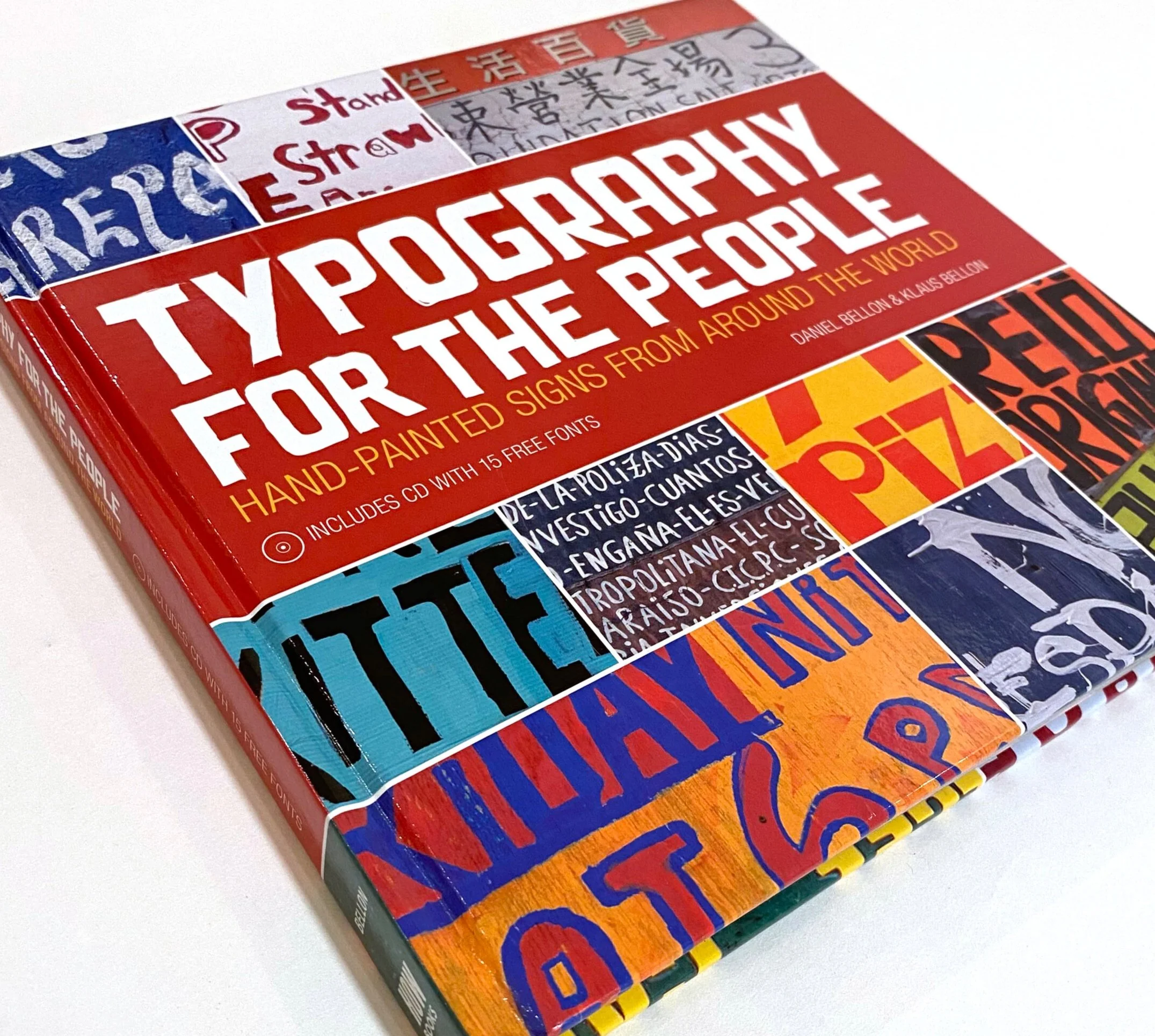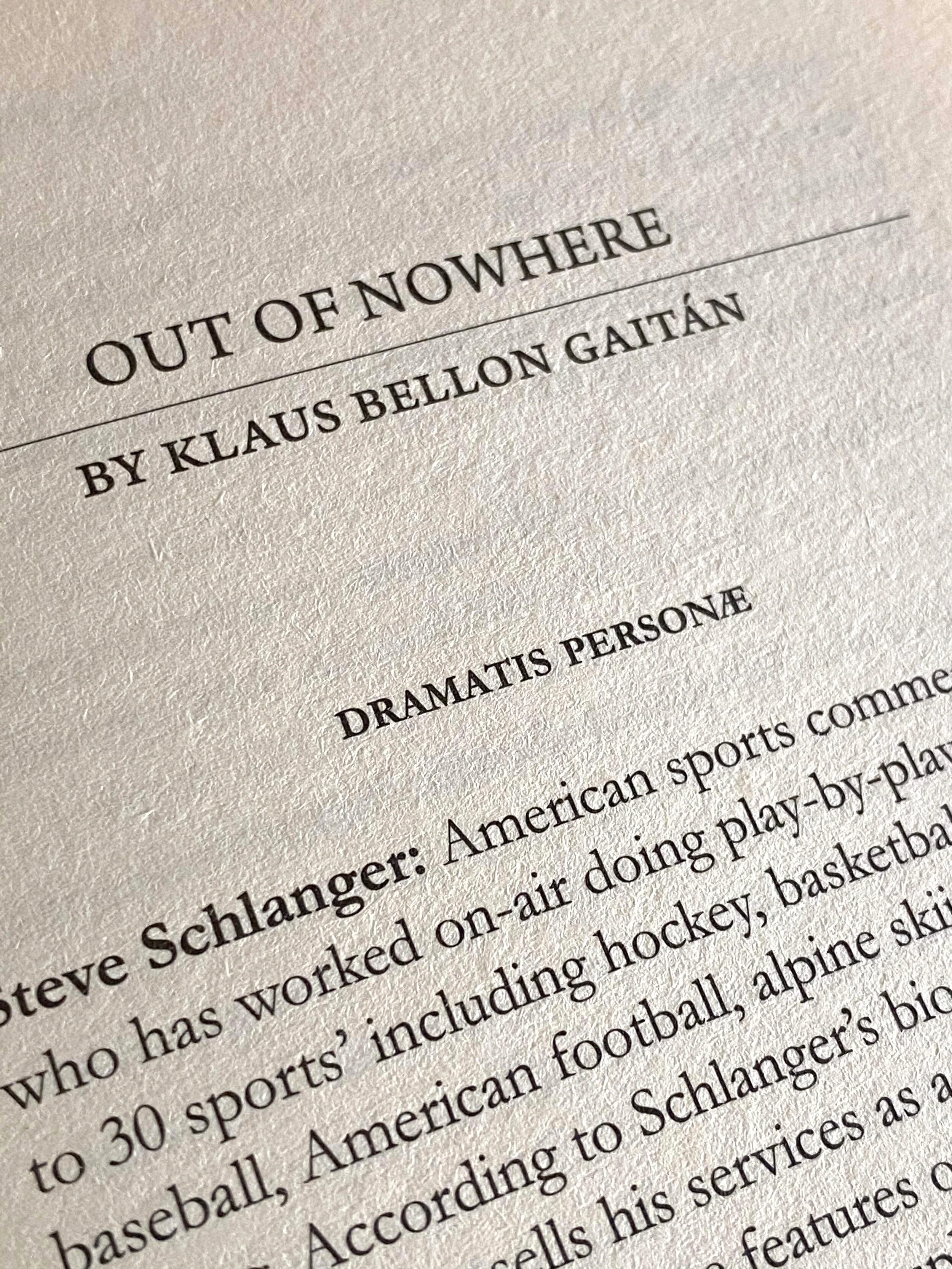As a writer, journalist, photographer and subject matter expert, my work has been featured in Vice, NBC Sports, BBC World Service, Esquire, Bicycling Magazine, Peloton Magazine, Frankfurter Allgemeine Zeitung, and the Cycling Anthology Book Series among many others. I write about a variety of subjects including culture, cycling, travel, design and architecture.
In the Northwest, Station Wagons Are Far From Forgotten
For Hagerty
The mountains and winding roads around Snoqualmie, Washington, are enveloped in dense fog. This is the Pacific Northwest, after all. Lichen hangs from tree branches, and moss covers the ground like a dense carpet. Over one-third of Sasquatch sightings in North America occur in this region.
Read more.
Typography For The People
For HOW Books
A photography book, along with essays and a collection of typefaces honoring the design work of communicators from around the world. Co-authored with Daniel Bellon.
Read more.
The Changing Face of the Red Hook Crit
For Clif bar
“This element of danger has come to define the race, which didn’t have a closed course until 2011. This has only attracted fast bike messengers, amateur track riders, road pros, and those hungry for adventure. At first, many of those racing had limited racing experience, and had no knowledge of race decorum. But with the level of competition rising through the years, along with media visibility, sponsors and a chance for bragging rights, it was only a matter of time before the Red Hook Crit started to grow and change.”
Read more.
Men of Steel
For Cycling Weekly
In June 1935 the city of Pittsburgh, Pennsylvania, welcomed architect Frank Lloyd Wright with much fanfare. During his visit, a local newspaper asked Wright, whom many saw as a visionary both in terms of home design and urban planning, how the city of Pittsburgh could be improved. Wright was quick to respond: “Abandon it,” he said. In future interviews and exchanges, Wright would go on to clarify his sentiments about the populous city that was the heart of steel production in North America. Pittsburgh’s infamous pollution and countless bridges (two rivers, the Monongahela and Allegheny, converge on the city to form a third, the Ohio) and its high topography were anathema to Wright’s vision of the ideal city.
Read More
Vuelta a España, on-site race coverage
For Manual for Speed
There’s a certain beauty to rituals, even non-liturgical ones. There is a gravitas implied in their repetition, no matter how mundane they might seem. Cleaning out a rental before returning it is one such task. It forces one to reflect on the past while throwing out empty water bottles from the back seat, and to wonder if the weird stain on the driver’s headrest was there from a previous renter or if you’re to blame. Likewise, you think about the future. The flight you’ll catch, the walk to the terminal, but most importantly you wonder if you’ll be charged for the punishment you’ve put your Kia Soul, Chevy Impala or VW Jetta through.
Read more.
Out of Nowhere
For The cycling Anthology Book Series
Skepticism is wielded as confidently as absolute faith is by some zealots, perhaps because it’s the most reasonable and acceptable doctrine that a cycling fan can hope to experience today. It might also be the closest we can come to truth, or at least feeling like we know truth. As a result, doubt is a comfortable and familiar feeling. This, in turn, means that those who still believe are treated like relics of days long passed. They are seen as fools who have yet to be proved wrong, as everyone else digs their heels in the sand, substituting one seemingly irrefutable set of beliefs for another.
Read more.
Nervous But Prepared
For The cycling Anthology Book Series
Gabriel García Márquez, still decades away from winning the Nobel Prize in literature, was a keen observer of Colombians and their many idiosyncrasies. He wrote an article for El Espectador on the flurry of cyclists in Bogotá’s streets after each Vuelta stage. ‘As the stage ends, these urban cyclists – in a frenzy as a result of the exciting narrations of the day’s race on the radio – throw themselves onto the street.
Márquez observed that the countless cycling fans who took to the roads appeared to be in an altered state due to the excitement of the day’s race. This was, the young reporter concluded, a fever or an illness that Colombians were suffering from, one for which only cycling could be blamed. One of the country’s brightest minds had accurately diagnosed Colombia’s population: the entire mountainous South American country was delirious with passion for cycling.
Read more.
Rise Of The Colombians
Cover Story for ProCycling
The commentary on Spanish TV took a more level-headed stance, somberly reminding their audience that Herrera was only 13th on GC, 3:26 behind the leader. But swept up in the moment, Colombian radio continued to count the seconds that Herrera had opened up between the race favourites. Heavy fog shrouded the finish line so completely that Italian television was showing grey, which just kept everyone guessing.
They waited for Laurent Fignon and race leader Erik Breukink to emerge from the fog. The gap was 1:02. Herrera had won the stage in decisive fashion but hadn’t come even close to taking enough time out of his rivals, despite pouring his soul into what he called “the most difficult ascent I’ve ever done in my life” when speaking to Colombian newspaper El Tiempo the next day.
Read More.










